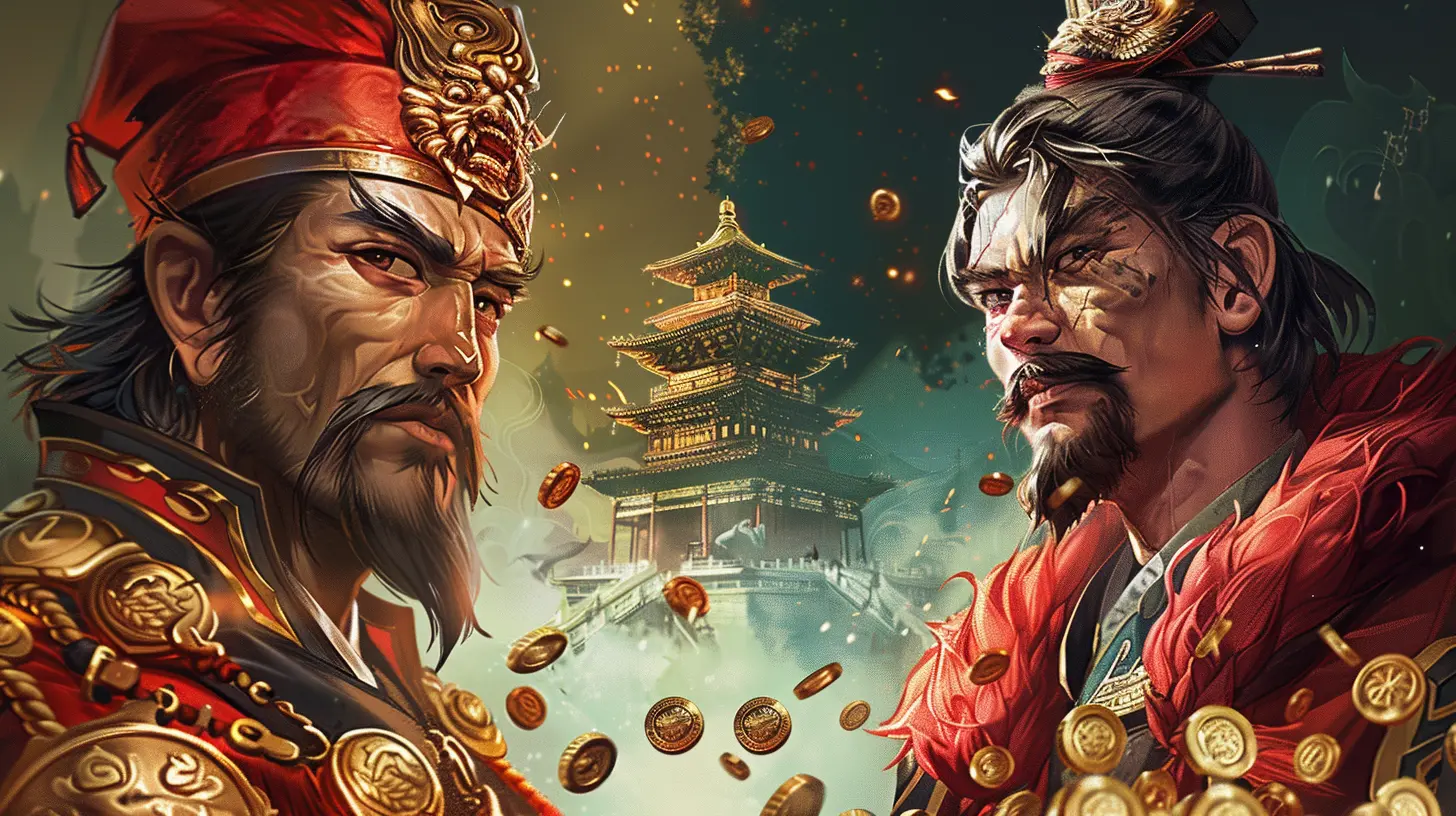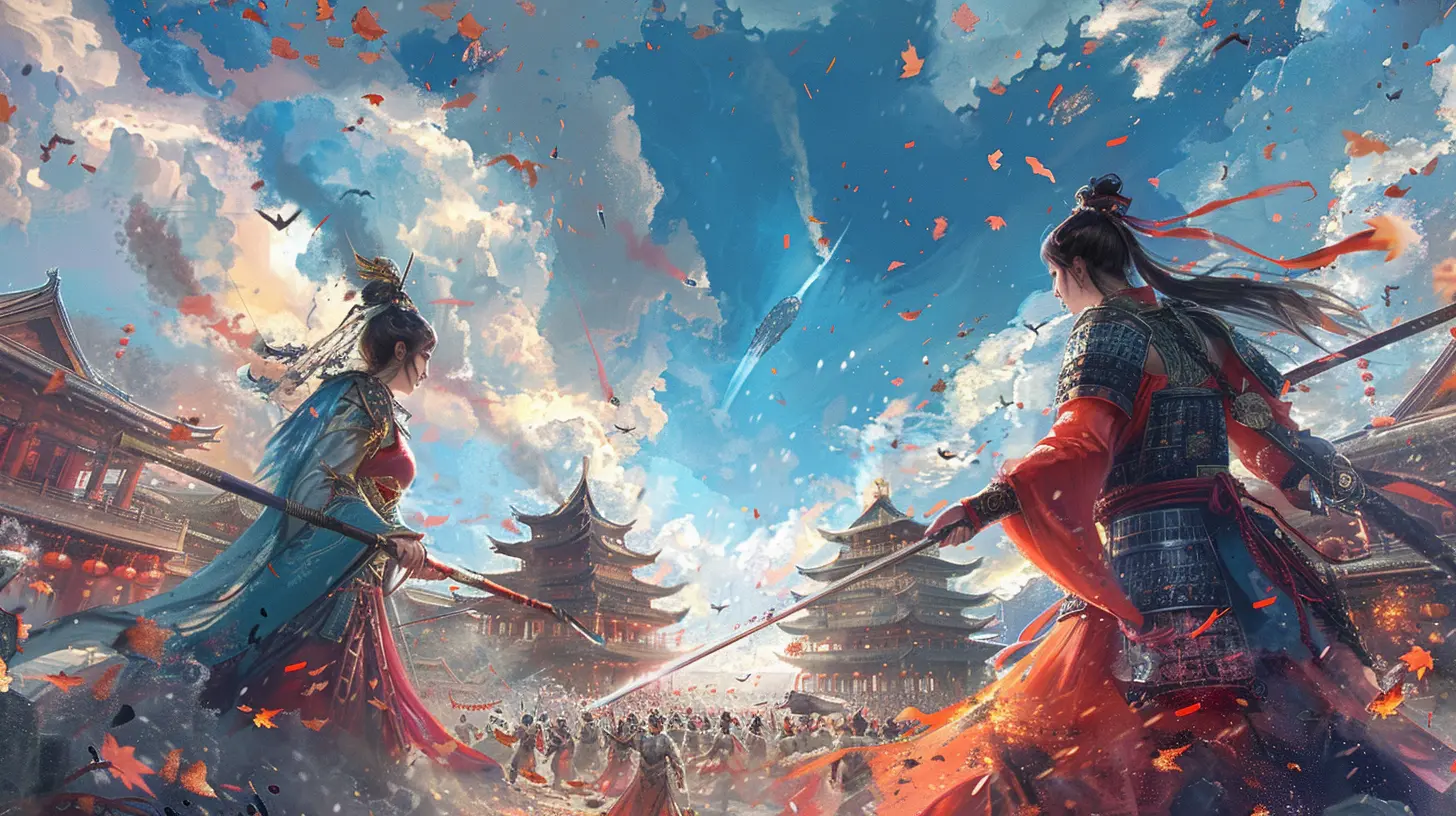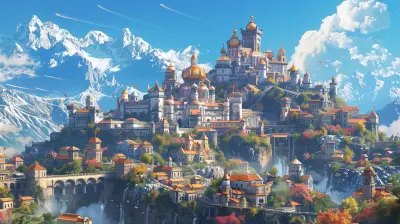The Cultural Debate Around Microtransactions: East vs West
4 May 2025
Alright, let’s talk about something that gamers love to hate—microtransactions. Yep, those little (and sometimes not-so-little) purchases within games that can either enhance your experience or make you question why you even downloaded the game in the first place. But here’s the thing: microtransactions aren’t just a hot topic globally; they spark very different emotions depending on where you are in the world. Specifically, gamers in the East and the West often see them through completely different lenses.
Why is that, you ask? Well, buckle up, because we’re diving into the cultural debate around microtransactions and how the East and West couldn’t be more different when it comes to this contentious subject.
What Exactly Are Microtransactions?
Before we jump into the East vs. West debate, let’s set the stage. Microtransactions are basically in-game purchases that allow players to buy items, cosmetics, currency, or upgrades. Sometimes, they’re purely aesthetic—like a shiny new skin for your character—but other times, they give you a competitive edge, which is where things often get spicy.You’ve probably seen terms like "pay-to-win" (ugh), "freemium," or "loot boxes" thrown around. All of these are part of the microtransaction universe. Some of us avoid them like the plague, while others—let’s face it—justify spending $20 for that one sword that looks really cool in an animation.
But how we feel about these purchases depends a lot on cultural attitudes, and that’s where things get fascinating.
Microtransactions in the West: "Is This a Scam?"
Let’s start with the West, where the dialogue around microtransactions tends to lean heavily on criticism. In countries like the US, Canada, and much of Europe, gamers often see microtransactions as predatory. It’s almost like the moment a game mentions in-app purchases, a big red flag pops up in our heads.Why? Well, for one, Western gamers love the idea of ownership. If you’re spending $60 on a AAA title, you kind of expect to have the full game in your hands, right? So when a studio locks cool content behind additional paywalls, it feels like they’re trying to milk your wallet instead of delivering a full-on gaming experience.
Western gamers also have trust issues (don’t we all?). Remember the controversies around games like Star Wars Battlefront II and its loot box drama? The backlash was so intense it forced major publishers to rethink their microtransaction strategies. In the West, there’s this underlying skepticism—"Are you really adding value, or are you just trying to nickel-and-dime me?"
Microtransactions in the East: "Bring It On!"
Now, let’s hop across the globe to Asia, where gamers have a very different perspective. If the West is all "ugh, microtransactions," the East is more like "let’s go!" In countries like China, Japan, and South Korea, spending money in games is often seen as no big deal. In fact, it’s almost part of the culture.Why’s that? Well, for starters, gaming in the East is heavily rooted in a free-to-play model. Players are used to downloading games for free and then deciding if they want to spend money to enhance their experience. It’s not seen as a rip-off; it’s seen as a choice. You play for free as long as you want, but if you’re having fun and want that extra boost, why not toss in a little cash?
There’s also a focus on personalization. For many Eastern gamers, the ability to customize your character or show off rare items is a huge draw. Spending money on a cute outfit or a powerful weapon is more about self-expression than feeling like you’re being swindled.
The Role of Culture in Shaping Attitudes
So, what’s behind these different attitudes? The answer lies in culture, my friend.1. Economic Factors
In the West, people are more resistant to spending extra money on games they’ve already purchased at full price. It’s like buying a concert ticket and then being charged extra to hear the best songs. Ain’t nobody got time (or money) for that. In contrast, the East’s free-to-play model makes microtransactions feel like a fair exchange. You didn’t pay upfront, so spending a little here and there doesn’t feel so bad.2. The Social Element
Let’s not forget how games are social experiences. In Asia, gamers often play in highly competitive or cooperative environments, and microtransactions can be a way to keep up with others or show off. It’s almost like wearing designer clothes at a party—yeah, you could wear a regular T-shirt, but where’s the fun in that?On the flip side, Western culture emphasizes fairness and balance. If someone’s winning a multiplayer game because they bought a better weapon, it feels unfair to players who rely solely on skill. Pay-to-win mechanics? Yeah, those don’t fly in the West.
Loot Boxes: The Big Controversy
We have to talk about the elephant in the room—loot boxes. These random item drops have been at the center of the microtransaction debate. In the West, they’re often equated to gambling, with critics arguing that they exploit players (especially younger ones) by tempting them into spending more and more money.In the East, however, loot boxes don’t carry the same stigma. They’re treated more like gachapon machines (those fun vending machines with mystery toys). There’s an understanding that randomness is part of the fun, and it’s not uncommon for players to set aside a budget for loot boxes without feeling duped.
Regulation vs. Acceptance
Interestingly, governments have started stepping in. In the West, countries like Belgium and the Netherlands have outright banned certain types of loot boxes, while others are cracking down on transparency. Gamers want to know exactly what they’re paying for, and regulatory bodies are stepping up to make sure publishers disclose the odds of winning particular items.Meanwhile, in the East, governments typically allow microtransactions to thrive—within reason. For example, China enforces strict age and spending limits for younger players, but overall, microtransactions remain a dominant and accepted part of gaming culture.
Are These Two Worlds Colliding?
Here’s the million-dollar question (pun intended): are the East and West influencing each other? Absolutely.Western developers are starting to embrace free-to-play models, especially in mobile gaming, where microtransactions are practically the norm. At the same time, Eastern publishers are toning down some of their pay-to-win tendencies when targeting Western markets, knowing full well that backlash is inevitable if they don’t.
We’re seeing a blending of styles as globalization brings these two gaming cultures closer together. Still, the fundamental differences remain.
So, What’s the Verdict?
At the end of the day, microtransactions aren’t inherently good or bad. They’re just... divisive. For some, they’re an exciting way to personalize and enhance their gaming experience. For others, they’re a dreaded money sink that tarnishes the joy of gaming.Whether you’re a fan of microtransactions or you’d rather yeet them into the abyss, one thing’s for sure: the cultural divide between the East and West means this debate is far from over. So next time you’re debating whether or not to buy that shiny new skin, remember—it’s not just about the price; it’s about the culture.
all images in this post were generated using AI tools
Category:
MicrotransactionsAuthor:

Greyson McVeigh
Discussion
rate this article
4 comments
Meagan Kearns
Why pay for pixels? Just play free!
May 11, 2025 at 4:42 AM

Greyson McVeigh
Microtransactions can enhance gameplay and support developers, allowing for ongoing content updates and improvements, which can benefit all players.
Darby Brown
Insightful piece on microtransaction dynamics!
May 10, 2025 at 3:30 AM

Greyson McVeigh
Thank you! I'm glad you found it insightful.
Bear Vance
Intriguing analysis on differing cultural perceptions of microtransactions!
May 9, 2025 at 4:25 PM

Greyson McVeigh
Thank you! I'm glad you found the analysis engaging. Cultural perceptions truly shape our understanding of microtransactions.
Ivy Howard
This article highlights a critical divide in gaming cultures regarding microtransactions. While Eastern markets often embrace them, viewing them as enhancements, Western audiences frequently criticize their implementation, seeing them as exploitative. Understanding this cultural context is essential for developers aiming to create engaging and fair gaming experiences globally.
May 8, 2025 at 3:10 PM

Greyson McVeigh
Thank you for your insightful comment! It's crucial to recognize these cultural differences in gaming, as they significantly influence player experiences and expectations. Understanding these perspectives can help developers create more balanced and appealing gaming environments for diverse audiences.



